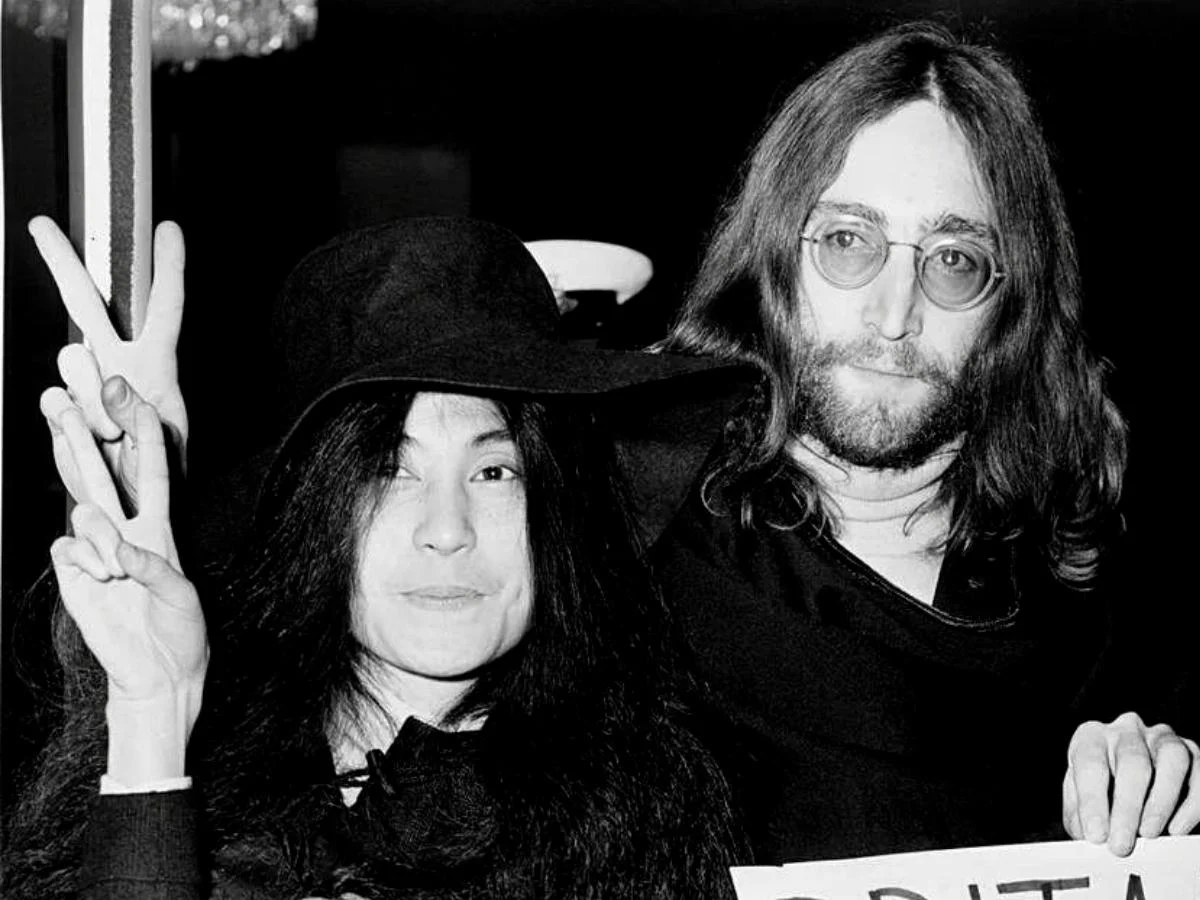Meta Description: Discover how John Lennon’s political awakening and the Montreal Bed-In for Peace led to the creation of the iconic anthem “Give Peace a Chance.”
By May 1969, John Lennon was nearly done with The Beatles. Though he might not have fully acknowledged this to anyone, including himself, one last album remained—Abbey Road, recorded during the summer months. However, Lennon’s interest in the band was clearly fading, as seen during the contentious Get Back sessions earlier that year. His focus was shifting, largely influenced by his new partner, Japanese avant-garde artist Yoko Ono, and his growing political consciousness.
Lennon’s evolving mindset became apparent during the White Album sessions in 1968, where he recorded two versions of a song that openly discussed societal revolution. The second version, titled “Revolution,” was released as the B-side to “Hey Jude,” a song Paul McCartney wrote to comfort Lennon’s son Julian during the tumultuous breakup of his parents. The contrasting themes between these two tracks highlighted Lennon’s newfound interest in revolutionary change, which was further explored in his experimental use of musique concrète—a collage of sounds meant to depict revolutionary upheaval.
Lennon’s political awakening was influenced by several factors, including the May 1968 Revolution in France, conversations with Marxist theorist Tariq Ali, and the rise of anti-war protests on US college campuses related to the Vietnam War. While Lennon had previously touched on social messages in songs like “The Word” from Rubber Soul and the global anthem “All You Need Is Love,” his partnership with Ono encouraged him to take his activism to new heights.
This activism was most famously expressed through the couple’s “Bed-In for Peace” events, where they invited the press, peace activists, and fans into their hotel room to promote world peace. The first bed-in took place during their honeymoon in Amsterdam, but the second, more significant event, was held in Montreal.
Initially, Lennon and Ono planned to stage the second bed-in in the United States, but Lennon’s entry was barred due to a prior drug conviction. Instead, they chose Montreal, a city close to the American border, ensuring access to US media and fans. On May 26th, 1969, they arrived at the Queen Elizabeth Hotel and invited dozens of American reporters and celebrities into their room.
During the bed-in, Lennon famously declared, “Just give peace a chance,” in response to a journalist’s question about their goal. Recognizing the power of simple slogans, Lennon decided to turn the phrase into a song. With Yoko Ono’s help, the composition came together spontaneously.
Montreal studio engineer André Perry was called to the hotel at short notice, where Lennon recorded “Give Peace a Chance” in a single take, accompanied by guests like poet Allen Ginsburg, singer Petula Clark, and psychedelic advocate Timothy Leary. Members of the local Radha Krishna Temple provided harmony vocals, while comedian Tom Smothers played acoustic guitar.
Released as a single just a month later, “Give Peace a Chance” quickly climbed the charts, reaching the top five in several countries, including the UK. Its significance became even clearer in the months that followed, as fans recognized it as the first of several Lennon solo projects that signaled the end of The Beatles. Over time, the song grew into a genuine anthem for the world peace movement, solidifying Lennon’s legacy as an artist deeply connected to humanity’s core values.
Lennon’s spontaneous creativity, combined with his political awakening, produced a timeless piece of art that continues to resonate today, far outlasting the week spent in bed that inspired it.
